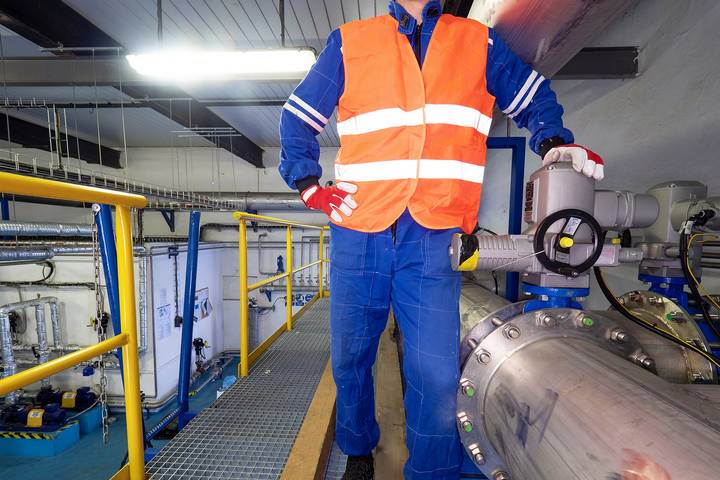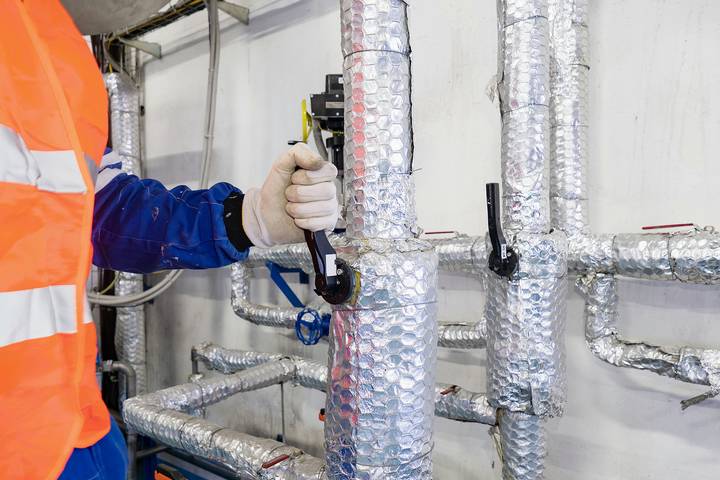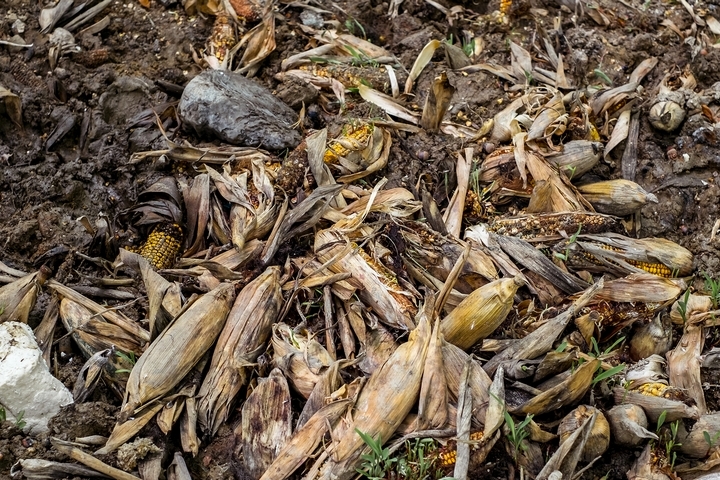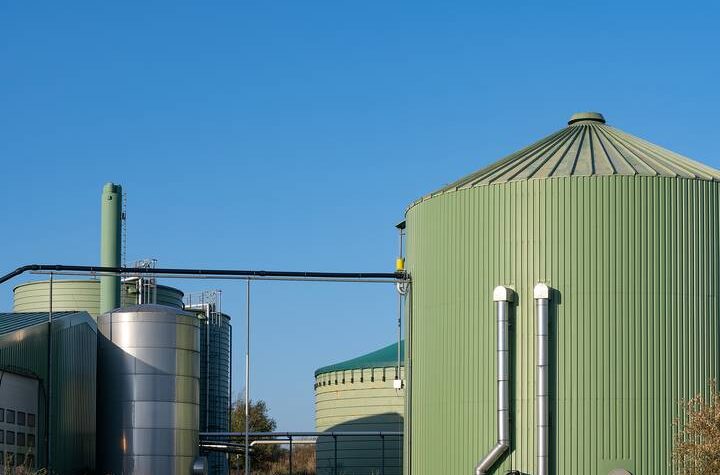Energy keeps the universe running in all its forms, and here on Earth, we tap into many forms of it for our consumption. While wood, coal and fossil fuels are our prime sources of fuel, biogas is quickly emerging as a sustainable alternative that is readily available.
The desire for better forms of energy is strong worldwide as we recognize the effects of CO2 and the resulting climate change. Any way to utilize our waste and create a positive gain is exciting. We have a surplus of biogas and the technology to convert this renewable resource into usable energy.
Have you heard about biogas and wondered how it becomes a fuel? From biogas upgrading to storage solutions, this guide describes the production process in whole.
Stages of Biogas Production

There are different processes and several stages in biogas production, and each produces usable fuel. Energy is made through:
Direct Combustion
This is done by directly burning material to create heat for buildings and water and operating stem engines to generate electricity.
Chemical Conversion
With chemical conversion, a process known as transesterification utilizes microorganisms to convert biodegradable waste like grease, fatty acids, vegetable oil and animal fats and change them into biodiesel.
Biological Conversion
The biological conversion process is fermenting biomass to make ethanol and anaerobic digesting to make biogas.
Thermochemical Conversion
Thermochemical conversion includes the processes of gasification and pyrolysis to thermally decompose biomass feedstock material.
Biogas Production Methods

Here are the various production methods for biogas:
Anaerobic Digestion
Anaerobic digestion decomposes organic waste without oxygen to produce methane and digestate, a beneficial fertilizer. The biological process includes:
Hydrolisis
Conversion starts with bacteria breaking down organic polymers into simple sugars.
Acidogenesis
Different bacteria are introduced to break down the simple sugars and amino acids into ammonia, hydrogen, carbon dioxide and other organic acids.
Acetogenesis
This step starts the change towards biogas by converting organic acids to acetogenic bacteria.
Methanogenesis
Finally, single-celled organisms called methanogens finish the conversion of the organic material into biogas. It is a separation of methane and carbon dioxide from the leftover digestive, in solid and liquid form. The bacteria do not use that.
Fermentation
Fermentation converts organic waste into alcohol like ethanol or acid using a metabolic method to produce chemical changes. This occurs at low oxygen levels and converts sugars into carbon dioxide and ethanol. There are two steps in this process:
- Glycolysis This breaks down glucose into separate pyruvate molecules of three-carbon compounds.
- Fermentation Fermentation occurs as the pyruvate is oxidized into lactic acid or ethanol.
Pyrolysis
This process heats the organic materials in a completely oxygen-free environment to produce fuels like methane, hydrogen, charcoal, diesel and bio-oil. Thermal decomposition is achieved because of the high heat levels, and thermal vibration breaks long chain molecules into smaller ones.
Gasification
Gasification is another process using even higher heat. The biomass is then injected with steam and oxygen to create a synthetic gas rich in carbon monoxide and hydrogen. These syngas can be used for heating, as fuel in diesel engines and energy generation through gas turbines. Separating the hydrogen from the gas allows for the hydrogen to be used in fuel cells or burned directly.
Transesterification
Biodiesel is created from cooking oils, vegetable oils, animal fats and grease. The process converts the fats and oils through reactions with short-chain alcohols to convert them into fatty acid methyl esters. The glycerin is separated from the fat and oil, leaving the methyl esters and glycerin behind. Methyl esters are biodiesel, and glycerine can make different products like soap.
This is how biomass is produced. You may never work for a company that converts biomass into biogas, but you can reap the benefits they provide to you and your fellow humans. As more technology is created, these processes and others will help give us clean energy for future generations.
BioMass

Biomass is organic material from animals and plants that is natural and renewable. Sources include:
- Animal manure
- Human sewage
- Food waste
- Agricultural crops and waste material
- Wood processing waste
- Biogenic material
This material is turned into energy in the form of biogas.
Collecting the biomass comes from landfills, sewage and water treatment plants and farms and can also be processed on-site at these operations for more efficient energy use. Manure ponds are covered to capture biogas, and the methane can be used in the operation of diesel engines and electricity for the farm.
Large anaerobic digesters are used at water treatment facilities and sewage plants to transform the biomass. Landfills capture and harness the methane for their operation with a gas collection and control system or sometimes burn it off to reduce emissions through flaring.




